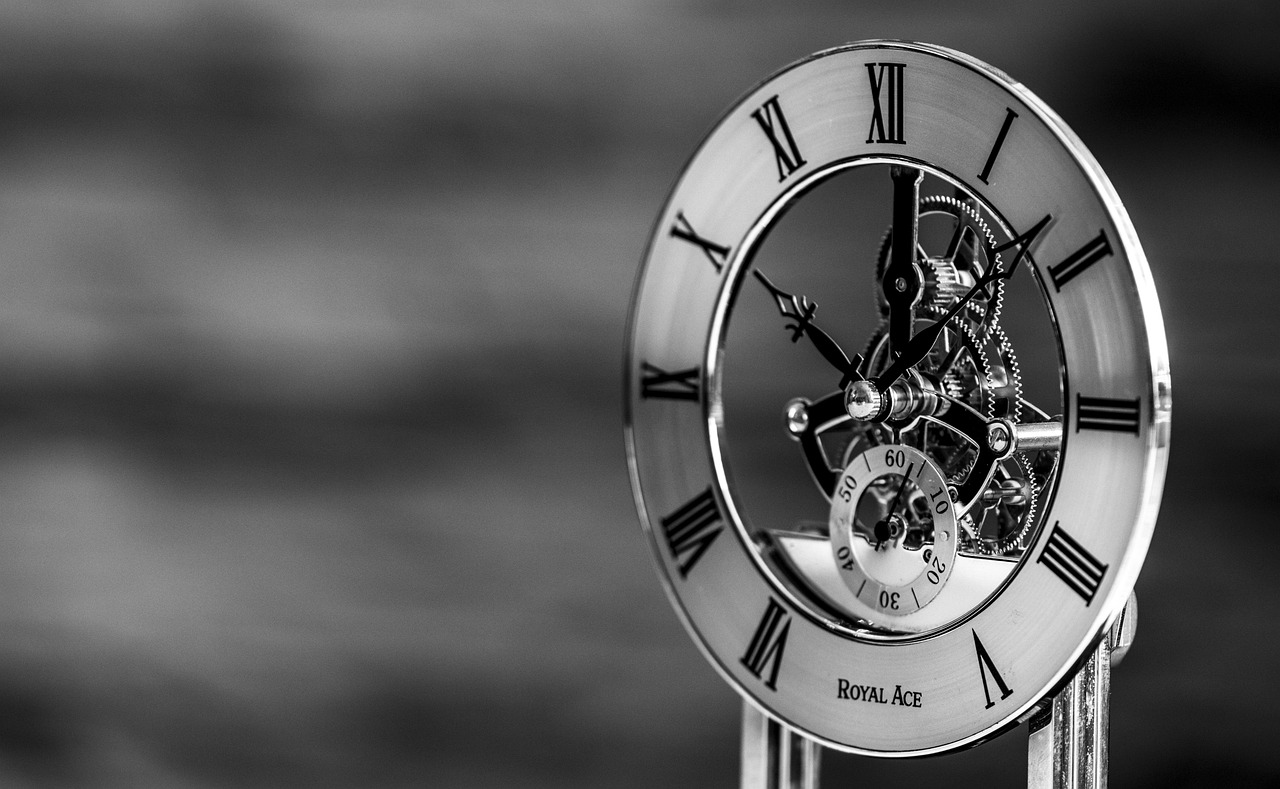Antique French clocks capture centuries of artistry and innovation, blending intricate craftsmanship with rich history. From delicate Rococo curves to bold Empire symmetry, each timepiece tells a story of style and culture. Understanding their makers and authenticating these treasures unlocks both beauty and value for collectors and enthusiasts alike.
Essential Knowledge for Exploring and Acquiring Antique French Clocks
Understanding the Historical Journey and Defining Styles
With origins shaped by royal courts, flourishing decorative arts, and technical innovation, antique French clocks chart a fascinating progression from the ornate Rococo period under Louis XV, through the refined symmetry of Neoclassicism during Louis XVI’s reign, into the bold Empire style favored by Napoleon, and finally the decorative richness of the Belle Époque. In this historical context, rare antique clocks stand out for their unique artistic and mechanical character. Rococo designs often feature sinuous lines and natural motifs, while Empire-period models emphasize grandeur and classical references, frequently adorned with bronze and ormolu (gilt-bronze) mounts.
Additional reading : How Can You Revitalize Your Space with Simple Home Decor Changes?
Celebrated Clockmakers and Signature Artistry
Leading makers such as Japy Frères, Le Roy et fils, and Maison Mottheau et fils left a lasting mark on horology, each recognized for their technical mastery and tasteful designs. Japy Frères pioneered mass production techniques and exquisite enamel dials, while Le Roy et fils became synonymous with precision engineering and elegant proportions. Maison Mottheau et fils was famed for exceptional mantel clocks that combined noble materials with innovative movement types. Distinguishing an authentic piece from these workshops often involves examining hallmarking, dial signatures, and the quality of the mechanism.
Notable Materials, Craftsmanship, and Collectible Designs
French clocks from the 18th and 19th centuries frequently use marble, bronze, ormolu, and intricate boulle marquetry in their cases and ornamentation. Mantel clocks of the Empire and Neoclassical periods boast imposing columnar forms, while carriage clocks, prized for portability, are easily identified by their glass-paneled brass cases and compact movements. Many collectors seek out boulle clocks with their detailed brass-and-tortoiseshell inlays. Collectors and enthusiasts assess value through the maker’s reputation, rarity, overall condition, and the presence of unique artistic or technical features. Whether it’s selecting the right marble-and-bronze design or tracing the evolution of 19th-century French clockmaking, grasping these details ensures a well-informed acquisition.
Also read : How Can One Achieve a Cozy Ambiance in UK Home Decor Trends?
Authenticating, Valuing, and Collecting Antique French Clocks
Verifying Authenticity and Maker Signatures
Accurately identifying antique French carriage clocks requires close inspection of maker signatures, movement stamps, and casing details. Genuine pieces often feature engraved or enameled marks, not just printed labels. To distinguish genuine vs replicas, pay particular attention to the quality of hand-finishing and check for established French clock maker signatures like Japy Frères or Le Roy et fils. French mantel clocks history suggests many 19th century clockmakers France signed their work on either the dial, movement, or case, providing valuable clues during authentication.
Auction Trends, Pricing, and Collectible Value
Auction house tips for antique French clocks emphasize current market demand and condition as primary value drivers. The auction values French antiques mantel clock category sees significant fluctuations—classic French Empire style clock makers and rare marble and bronze mantel clock designs often fetch premium prices. Recent market trends for antique French clocks UK show increased interest in collecting rare French slate clocks and figural pieces, notably those with intricate ormolu or figural statues. Price guides highlight that provenance, condition, and originality heavily influence final value.
Restoration Practices and Maintaining Originality
Experts on restoration tips French antique clocks recommend minimal intervention. When restoring, prioritize retaining original components and finishes, especially on collecting rare French slate clocks or French antique clocks with figural statues. Over-restoration can diminish both authenticity and value. Utilizing traditional techniques and period-appropriate materials preserves the integrity of French mantel clocks history while supporting their longevity for future collectors.
Buying Guide and Marketplace Insights for Antique French Clocks
Exploring buying guides for French mantel clocks means starting with verified platforms that specialize in French antique clocks for sale UK. Reliable secondhand French antique clocks buying guide sources emphasize using well-established marketplaces and trusted dealers. For example, detailed websites such as lapendulerie.com or extensive gallery inventories supply clear provenance, transparent pricing, and accurate categorization by style or maker, like the influential French vintage clock manufacturers legacy.
To make informed choices, assess each clock’s condition, trace its lineage, and consult French antique clocks price guides. Authentic antique French clocks online marketplace tips encourage scrutinizing original components and movement types. Many guides recommend comparing auction values, reading descriptions for repair history, and seeking collections known for French Empire, Boulle, or marble and bronze mantel clock designs.
Resale value factors for French antique clocks hinge on rarity, craftsmanship, and the market’s current demand. Knowledgeable buyers benefit from referencing auction histories and price guides. Whether seeking a refined 19th-century clock or a more affordable classic, ensuring the authenticity backed by the French vintage clock manufacturers legacy remains paramount for satisfaction and investment potential.



